Choosing between a modern or traditional home isn’t just about looks. It’s about how you live, what you value, and the kind of space you want to come home to every day.
At Conklin Construction, we’ve helped families build both timeless, character-rich homes and sleek, efficient modern designs. The key is understanding what each style offers and what fits your lifestyle long term.
In this guide, we’ll break down the essential differences between modern and traditional homes. We’ll cover floor plans, finishes, energy efficiency, costs, and more so you can make a confident and informed decision.
Let’s explore what makes each style unique and help you decide which one is right for you.
What Is a Traditional House?
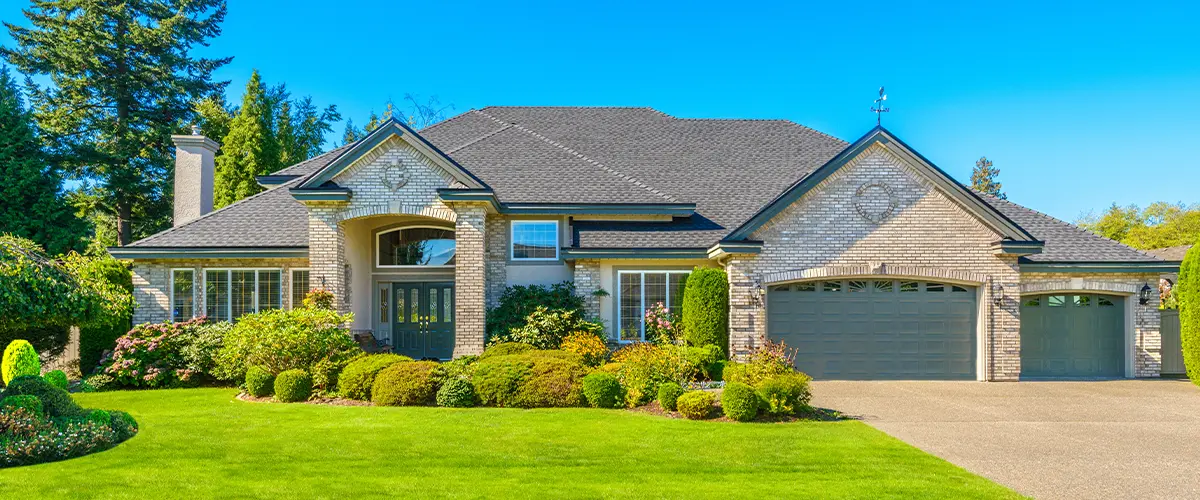
Traditional houses follow classic architectural styles that have stood the test of time. They often include design influences from Colonial, Craftsman, Victorian, or Georgian homes. These styles are known for their symmetry, formal layouts, and use of long-lasting natural materials like brick, stone, and wood.
Common features of traditional homes include gabled roofs, shutters, arched doorways, and detailed trim work. Inside, rooms are usually separate and defined, offering more enclosed spaces compared to the open layouts seen in modern homes.
This type of design appeals to homeowners who value warmth, familiarity, and craftsmanship. Details like crown molding, wood-paneled walls, and decorative finishes are often found throughout.
While traditional homes lean on historic design, they can still incorporate updated amenities and layouts. Many homeowners blend traditional style with modern convenience to create a balanced living space that feels both classic and comfortable.
What Is a Modern House?
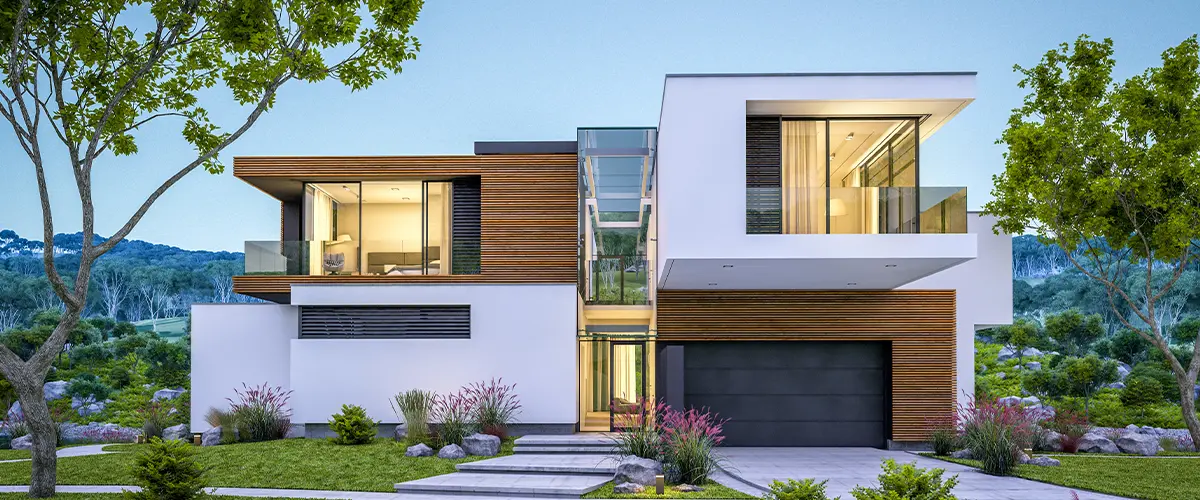
Modern houses are defined by simplicity, clean lines, and a focus on function. Unlike traditional homes, modern designs tend to minimize ornamentation and instead highlight structure, space, and light.
Large windows, open floor plans, and a strong connection between indoor and outdoor areas are typical of modern architecture. Materials like glass, steel, and concrete are commonly used, along with natural finishes like wood or stone in a more streamlined form.
Instead of enclosed rooms, modern homes often feature wide, open spaces that allow for flexibility in how each area is used. This layout encourages more natural light and easier movement throughout the home.
The style also emphasizes practicality. You’ll often see modern homes designed with energy-efficient systems, sustainable materials, and layouts that adapt to changing needs over time.
Modern design isn’t just about looks. It reflects a shift toward simplified living, where form follows function and the space itself is part of the lifestyle.
This style often appeals to homeowners who value efficiency, clean aesthetics, and flexible spaces that adapt to daily routines, from young professionals building their first home to growing families looking for something more open and practical.
Side-by-Side Comparison: Traditional vs Modern Homes
Sometimes the easiest way to understand the differences is to see them lined up side by side. Here’s how traditional and modern homes compare in key areas:
| Feature | Traditional House | Modern House |
|---|---|---|
| Layout | Room-based, defined spaces | Open floor plans with fewer walls |
| Exterior Materials | Brick, stone, wood siding | Glass, steel, concrete, mixed finishes |
| Windows | Smaller, symmetrical windows | Large windows, often floor-to-ceiling |
| Interior Design | Ornate trim, crown molding, built-ins | Minimalist finishes, clean lines |
| Color Scheme | Warm, earthy tones | Neutral or monochromatic palettes |
| Functionality | Traditional flow and separation of spaces | Flexible, multi-use areas |
| Energy Efficiency | Moderate, varies by age and updates | Typically high, often built with efficiency in mind |
| Resale Appeal | Timeless style, broad market appeal | Attractive to modern buyers and younger homeowners |
Pros and Cons of Traditional and Modern Homes
Both modern and traditional homes have strengths and trade-offs. The right choice depends on your lifestyle, preferences, and priorities. Here’s a closer look at the benefits and limitations of each.
Traditional House
Pros:
- Offers a warm, familiar aesthetic that feels timeless
- Defined rooms provide more privacy and noise separation
- Often features handcrafted elements and classic detailing
- Broad appeal in resale, especially in established neighborhoods
Cons:
- Enclosed layouts can feel less open or flexible
- May be harder to upgrade with energy-efficient systems
- Can require more maintenance depending on materials used
Modern House
Pros:
- Open layouts feel spacious and adaptable
- Designed for energy efficiency and sustainability
- Emphasizes natural light and connection to the outdoors
- Clean lines and simple finishes make maintenance easier
Cons:
- Resale value may vary depending on location and buyer preferences
- Minimalist style may feel cold or stark to some
- Larger windows and modern materials can raise construction costs
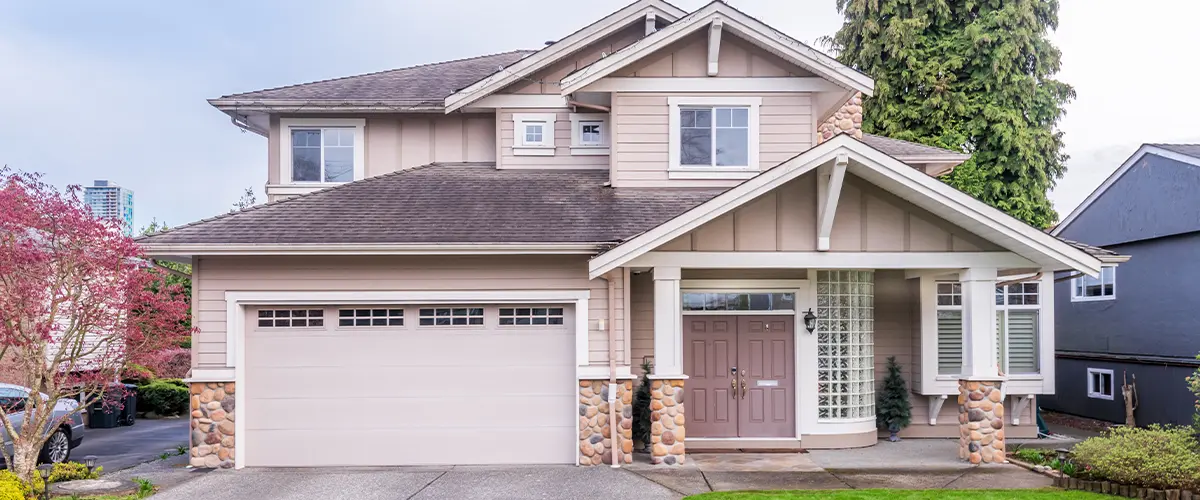
Key Decision Factors to Consider
Choosing between a modern or traditional home isn’t just about looks. Here are some important factors to think through as you weigh your options.
1. Functionality and Lifestyle Fit
Traditional homes often work well for people who prefer clearly defined spaces. If you like having separate rooms for different activities, or value privacy between living and sleeping areas, a traditional layout may suit you better.
Modern homes offer more flexibility. Open floor plans make it easier to adapt the space for entertaining, working from home, or keeping an eye on kids while cooking. If your lifestyle involves multitasking or blending activities into shared spaces, modern design can offer more freedom.
2. Energy Efficiency and Sustainability
Modern homes are typically designed with energy performance in mind. Newer materials, insulation methods, and HVAC systems can reduce long-term utility costs and environmental impact.
Older traditional homes may need upgrades to match the same efficiency levels, especially if the design doesn’t support modern insulation or solar exposure.
3. Cost and Construction Considerations
Traditional builds can vary widely in price depending on materials and detailing. Intricate trim work, brick exteriors, and classic rooflines may add to both cost and build time.
Modern homes often prioritize cost-effective construction methods, but large windows, flat roofs, or steel framing can also drive up costs depending on the design. Simpler finishes and modular layouts can help balance the budget.
4. Resale and Regional Appeal
Both styles can perform well on resale, but local trends matter. In some markets, traditional homes have wider appeal. In others, especially where newer developments dominate, modern homes may attract more attention from buyers.
In regions like Wisconsin, where seasonal changes play a role, insulation, material durability, and roof design may also influence which style is more practical.
Our Expert Take
We’ve worked with homeowners who lean strongly toward one style or the other, but more often than not, the right choice comes down to how the home needs to function for your daily life.
Some clients come to us drawn to the warmth and character of traditional homes. They want something familiar, with dedicated rooms and classic curb appeal. Others are looking for the flexibility and clean simplicity of modern design, especially if they’re building with long-term energy savings in mind or want a layout that can evolve with their lifestyle.
In some cases, the best results come from blending both approaches. For example, a modern layout with traditional finishes, or a traditional exterior with a more open interior flow. That’s where custom home design becomes especially valuable. It allows you to combine features from both styles in a way that fits your needs without compromising comfort or function.
If you’re unsure where you fit, don’t worry. Most people are. The important part is knowing what each style offers so you can make the decision that feels right for you.
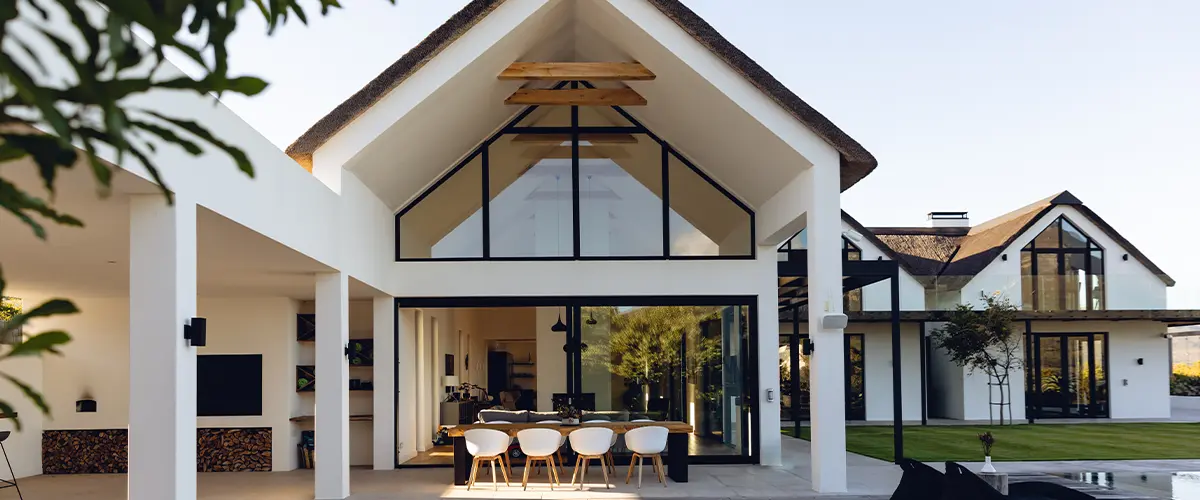
Still Not Sure Which One’s Right for You?
If both styles have elements you like, you’re not alone. Many homeowners feel torn between the timeless charm of traditional design and the clean, flexible feel of modern spaces.
The good news is that you don’t have to pick a side right away. Understanding the core differences is a great first step, and from there, it often comes down to how you want your home to support your day-to-day life.
Whether you’re just starting to plan or already have a few ideas in mind, Conklin Construction can help you explore options that reflect your style, budget, and long-term goals.
If you’re thinking about building in the near future, feel free to reach out and start the conversation. We’re happy to help you compare your options for a modern vs traditional house.
Frequently Asked Questions
Which type of home is cheaper to build?
It depends on the design, materials, and location. Traditional homes may have more complex trim or detailing, while modern homes often use large windows or custom layouts that can raise costs. A simple modern design can sometimes be more cost-effective, especially if energy efficiency is a goal.
Can you combine traditional and modern styles?
Yes. Many homeowners choose a blended approach. For example, you might have a traditional exterior with a modern interior layout, or classic finishes inside a sleek, open floor plan. Custom home design makes this flexibility possible.
Which style lasts longer?
Both can be durable when built with quality materials. Traditional homes often use time-tested materials like brick and stone, while modern homes may focus on engineered materials designed for longevity and low maintenance.
What’s more energy-efficient?
Modern homes typically have the edge here. They’re often designed with better insulation, larger windows for passive light, and integrated systems for heating and cooling. That said, a traditional home can also be upgraded to perform well with the right materials and planning.
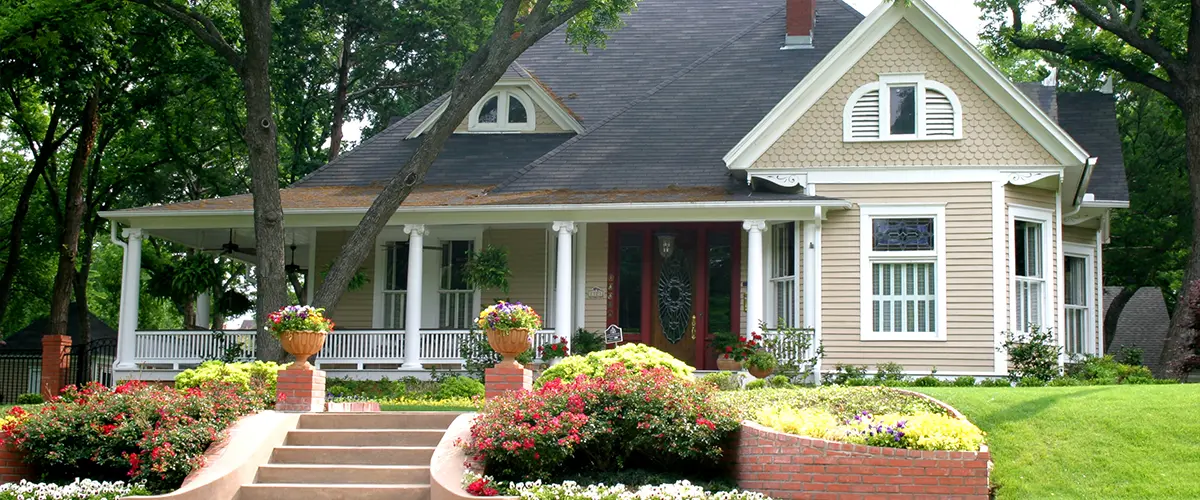
Final Thoughts
There’s no single right answer when it comes to choosing between a modern or traditional home. Both styles have their strengths, and the best option is the one that fits how you live, what you value, and how you want your home to feel.
Whether you’re drawn to the character and structure of a traditional design or the openness and simplicity of a modern layout, understanding the differences is the first step toward making a choice that feels right for you.
If you’re exploring ideas or planning a future build, we’re always here to help you think through the possibilities and turn your vision into a home that fits.
Call us at (608) 839-0620 to schedule a free consultation and talk through your home design goals.
